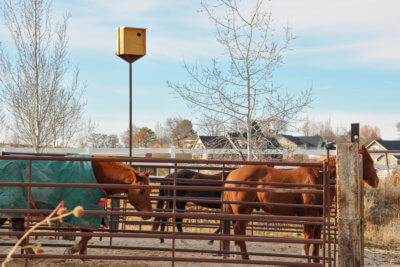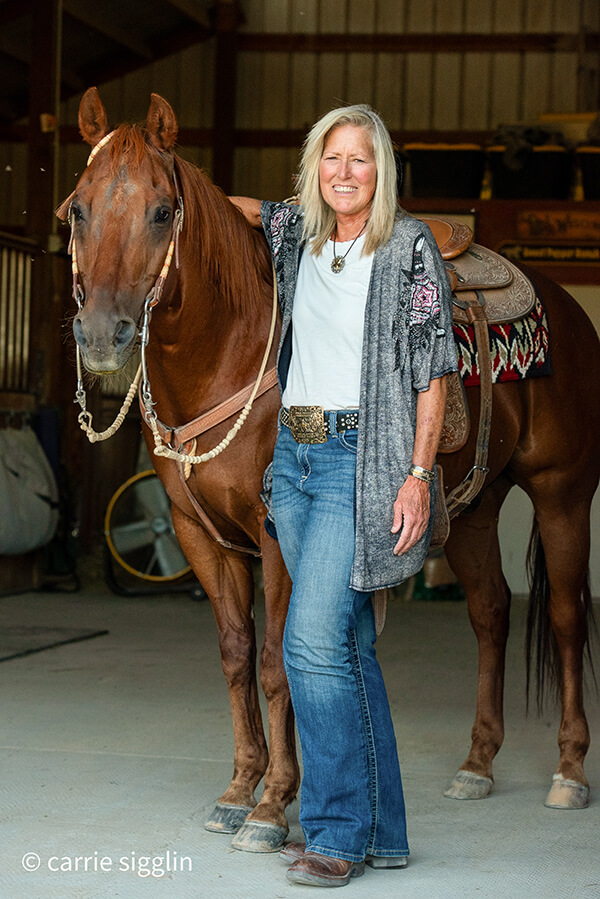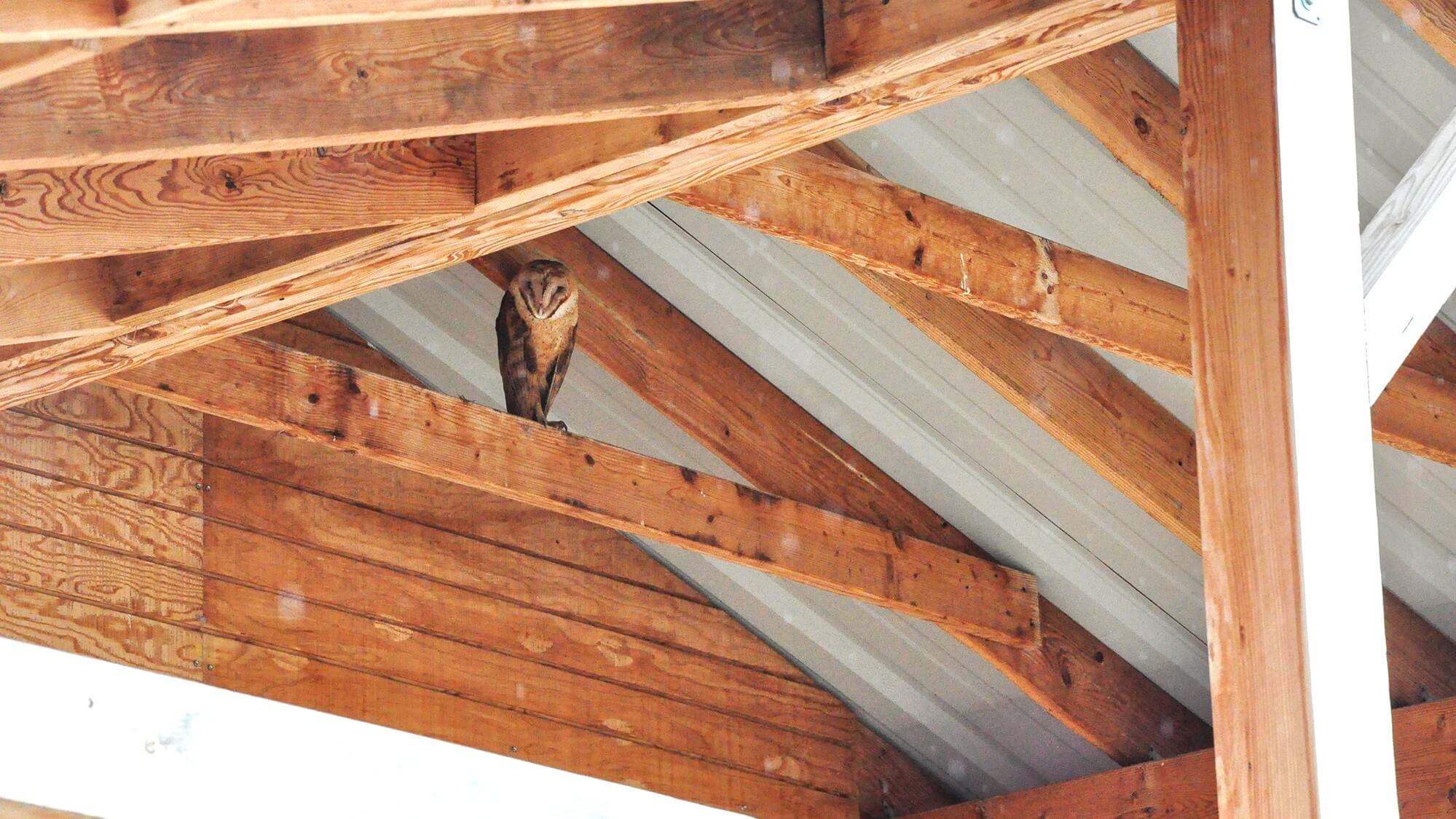Horse owners know how difficult rodent control can be on a horse property. Fall is the time of year when the mouse situation inside our barns can get out of hand. Mice and rodents can carry diseases, some serious to humans. According to the Centers for Disease Control and Prevention, mice and rats directly or indirectly transmit over 20 diseases worldwide. Several of these, such as leptospirosis and salmonellosis, are contagious to horses as well.
Out in the pastures moles or gophers can just make a mess of things with their telltale piles of dirt and holes everywhere which in summer months can wreak havoc with irrigation.
Rodents are probably one of the toughest things to deal with on horse properties. They are small, stealthy, and primarily active after dark when we don’t see them. So how can we go about reducing the populations of these persistent little things without lethal trapping or using poisonous chemicals which are deadly to other animals in the ecosystem—as well as to our dogs and cats?
Enter nature’s mousetrap—the barn owl! Barn owls are perfectly suited to horse properties as they hunt in open meadows and grasslands. These creatures of the night have excellent low-light vision, they fly silently, they have sharp beaks and powerful talons, and their hearing is extraordinary. All that makes them death on wings for gophers or mice. A family of barn owls will consume about 2000 mice or other rodents in a couple of months! The good news for you is that all it requires is the installation of a simple nest box—and the right habitat for their prey. And fall is the perfect time of the year to get set up for a barn owl on your horse property.

Barn owls need rough grassland because that’s where voles, shrews, field mice, and other small rodents live. An overgrazed pasture, lawn, or even monoculture croplands won’t provide the habitat rodents like. Well-established, tall grasslands (think productive pasture)—perhaps with some brush piles or hedgerows nearby—are favored by rodents and therefore by barn owls.
Barn owls are secondary cavity dwellers. That means they live in the hole that somebody else has created, like a hole in an old tree made by a woodpecker. Or the dark rafters inside a quiet barn. We humans can take advantage of this because it means that barn owls adapt well to nest boxes which can be purchased or made.
Place a barn owl nest box in a quiet location, 10-20 feet high. Shade the opening from direct sun and prevailing wind. A nest box can be hung inside an unused barn, on the outside of farm buildings, or in a tree. If the box is mounted on a pole or post, consider a baffle to prevent cats, raccoons, or other predators from reaching it. Many barn owls will reuse the same nest box year after year. It is best to hang them by January or February as barn owls begin nesting in late February.
It’s hard to find an easier method of rodent control. Once you install the barn owl box nature does the rest. Plus, barn owls are not aggressive to people, nor will they attack pets or livestock.
Barn owls are common on every continent in the world except for Antarctica. So, no matter where in the world you are, your horse property can benefit from having a barn owl working for you. Not only will it make a dent in your rodent population, but their tawny colors are beautiful to see at dusk and their bone-chilling, screechy cry is thrilling to hear at night.
Check out the Horses for Clean Water website for information on upcoming events, online classes, private consultations, tip sheets, and other resources for horse keeping and land management. Visit the Sweet Pepper Ranch website for info on upcoming clinics and retreats.
See this article in the November 2021 online edition:

Alayne Blickle began in the 1990’s as a pioneer in water conservation and natural resources conservation by creating the entrepreneurial consulting business, Horses for Clean Water, an award-winning internationally acclaimed education program that looks for horse-healthy, nature-based solutions to land management challenges. She continues this work today partnering with agencies, organizations, and horse owners throughout North America and worldwide. She is a regularly contributing writer and photojournalist to several equine publications.
Alayne lives with her horse trainer husband, Matt Livengood, in southwestern Idaho where they raise and train AQHA horses and mustangs on their eco-friendly horse ranch. Contact her through the Horses for Clean Water website or through their ranch website Sweet Pepper Ranch.
For more information contact Alayne at alayne@horsesforcleanwater.com or 206-909-0225.



I would love a little more information about the nesting box, how big, how big of an opening, anything else pertanate to building one myself.
Thanks.
Suzanne
Hi Suzanne, Please contact the author directly and she’ll be able to help you. All the author’s information is located in their bio below the article. Thanks for reaching out! Karen, publisher.